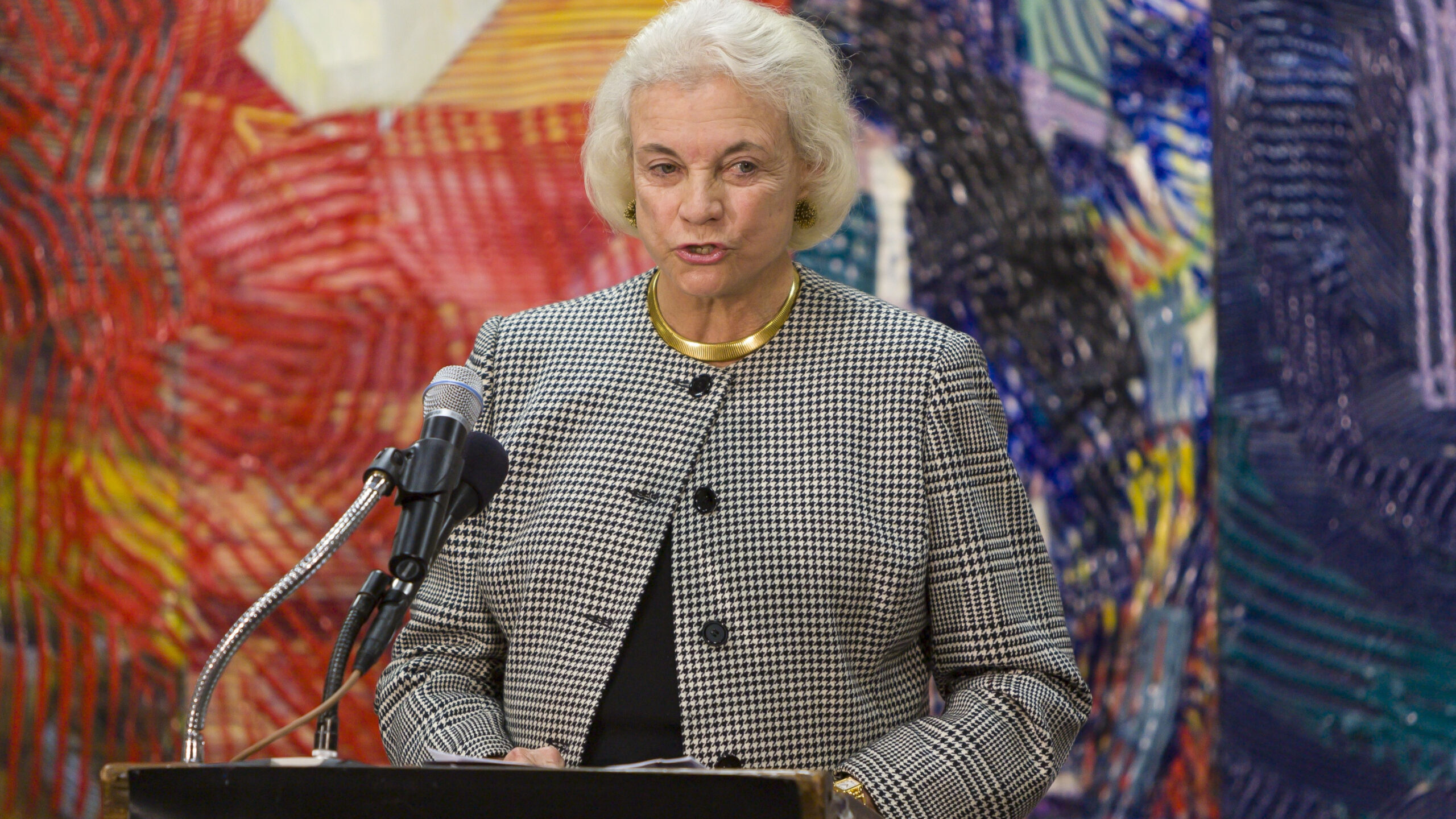The Copyright Office Report on Software-Enabled Consumer Products: Nothing to See Here
The U.S. Copyright Office’s report on the role of copyright in the development and use of software-enabled consumer products, released last week, represents a missed opportunity to start an important discussion about the constraints software licenses can place on otherwise lawful activities. While the report acknowledges the existence of these constraints, it concludes that resolving the problems they may cause is beyond the scope of the report. (The Copyright Office views software-enabled consumer products as consumer-grade devices in which software is embedded, such as kitchen appliances, cars, and wireless phones.)
The report examines the impact of copyright law on four core activities relating to software-enabled consumer products, including resale, repair, security research, and interoperability. In each case, the report ultimately concludes that “faithful application of existing copyright law doctrines should provide no barrier to legitimate uses.” To reach this conclusion, however, the report minimizes or avoids the adverse impact of software license terms prohibiting these activities.
For example, the first sale doctrine (allowing the transfer of a copy) and the exception in 17 U.S.C. 117(a) (allowing the making of a copy or adaptation of a computer program as an essential step in the operation of a machine) are available only to “owners” of copies. Software is typically distributed under license, however. Software developers generally view users as licensees, rather than owners, of the copies. The U.S. Court of Appeals for the Ninth Circuit in Vernor v. Autodesk supported this position, finding that for purposes of the Copyright Act, a user is a licensee rather than an owner if: 1) the software license specifies that the consumer is a licensee; 2) the license restricts the consumer’s ability to transfer the software; and 3) the license imposes notable use restrictions. Under Vernor, therefore, a manufacturer can claim that the owner of a software-enabled product does not own the copy of the software inside the product and thus cannot resell it under the first sale doctrine or debug it under section 117(a).
The report minimizes this problem in the resale context by arguing that there is insufficient evidence that manufacturers use licenses to prevent the resale of software-enabled consumer products. Instead, the evidence provided the Copyright Office in this inquiry demonstrated the existence of license restrictions on resale only for enterprise-level products “that are not purchased by the average consumer.” This also contradicts the Copyright Office’s earlier conclusion that a distinction could not be drawn consumer products and commercial products “because consumer products can be used for commercial purposes (and vice versa).”
Moreover, the report opines that manufacturers of consumer products were unlikely to impose resale restrictions in the future because “market forces—such as the efforts of consumer advocacy groups to shed light on abusive practices—are a barrier to engaging in behavior of this sort.” Under this reasoning, however, almost no consumer protection laws are necessary because market forces and consumer advocacy should influence most companies.
The report relies on similar “market forces” reasoning in the context of license restrictions on repairs, noting press reports concerning John Deere’s tractor repair practices that came to light during the last section 1201 triennial rulemaking. It is unclear whether John Deere actually changed any of its practices in response to this adverse publicity.
The report dismisses the concern that a software user might not be an owner of the software for purposes of section 117(a) by claiming that licenses that limit the right to repair might not meet all three steps of the Vernor test cited above. For example, the license might not include a restriction on transfer of the software. Manufacturers could easily remedy this deficiency simply by including a sentence in their end user license agreements prohibiting the transfer of the software. They could choose to enforce that term selectively.
To the extent that a user is relying on a copyright exception other than section 117(a) in its repair activities (e.g., fair use or section 117(c)), the report brushes aside concerns about contractual restrictions by asserting “that such terms may be enforceable only as a matter of contract.” In other words, the user would be liable for breach of contract, not copyright infringement. While it is encouraging that the Office thinks anti-consumer conduct of this nature would not violate Title 17, this provides little comfort for the user.
The report also uses the “breach of contract, not copyright infringement” argument in the context of license restrictions on security research.
Perhaps recognizing the inadequacy of this argument, the report devotes its last section to “concerns about the use of licensing agreements to restrict the ability of consumers to engage in legitimate activities involving their software-enabled products.” The report notes that because contract law is a matter of state law, “any concerns about EULAs for embedded software cannot fully be resolved through copyright.” It mentions how courts have looked to established state contract law principles to determine whether consumers have agreed to the terms of clickwrap or shrinkwrap agreements, or the unconscionability of those terms.
The report also discusses the argument that license terms restricting activities permitted by copyright could be preempted by the Copyright Act. It notes that in its 2001 DMCA Section 104 report, it expressed the concern “the rights holders, not the copyright policies establish by Congress, will determine the landscape of consumer privileges in the future.” However, “the question of when preemption should be appropriate is a complex one that implicates all software licenses…not simply those related to embedded software.” For this reason, “the Office believes that this narrowly focused study is not the proper place to address these broader questions of preemption.” The Copyright Office goes even further in its abdication of responsibility for providing guidance to Congress and courts in this area, stating without explanation that “this is a matter best left to the courts to address on a case-by-case basis, applying standard preemption analysis.”
The report then explores further the specific question of whether violation of the terms of a software agreement could constitute a copyright infringement as well as breach of contract. After discussing some of the case law, the report acknowledges that “there may be an argument that private contracts should not be able to render infringing as a matter of copyright law those activities that Congress, in the Copyright Act, has determined to be noninfringing as a matter of law….” Allowing enforcement of such terms “could disrupt carefully balanced legislative choices.” On the other hand, the report states that “there may be an argument that the breach of any material term of a license renders the license a nullity, such that a subsequent use of the work would be infringing.” Once again, the report punts: this question “raises complex issues that extend beyond the scope of the present study.”
The report’s refusal to come to grips with the impact of license restrictions on software-enabled products is particularly unfortunate given the proposed European Union Directive for a Digital Single Market, notwithstanding its other flaws, prohibits enforcement of contractual restrictions on several of the copyright exceptions it mandates, including for text and data mining (although this exception is unnecessarily constrained in other ways). Similarly, the 1991 EU Software Directive prohibited enforcement of contractual restrictions on reverse engineering.
Although the report takes a pass on the contentious issue of license restrictions on noninfringing activities, the report is relatively strong on interoperability. The Office “recognizes the significance of preserving the ability to develop products and services that can interoperate with software-enabled consumer products, and the related goal of preserving competition in the marketplace.” It provides a reasonably thorough analysis of different copyright doctrines that further interoperability, including merger, scènes à faire, misuse, and fair use.
In addition to describing how fair use furthers interoperability, the report acknowledges the central role of fair use in permitting repair and security research relating to software-enabled products.
While the Office is to be commended for its discussion of interoperability and fair use, the report’s treatment of the licensing issues is disappointing. The Copyright Office is correct that these issues arise not only in software-enabled products, but in virtually all digital products. Embedded software, however, is distinguishable from other digital products in several respects: the software often represents a small part of the overall value of the product; there is no independent market for the software; and there is little possibility of infringement. Accordingly, the Copyright Office could have considered possible solutions to the licensing issues in the discrete context of software-enabled products, without implicating the broader debate.








